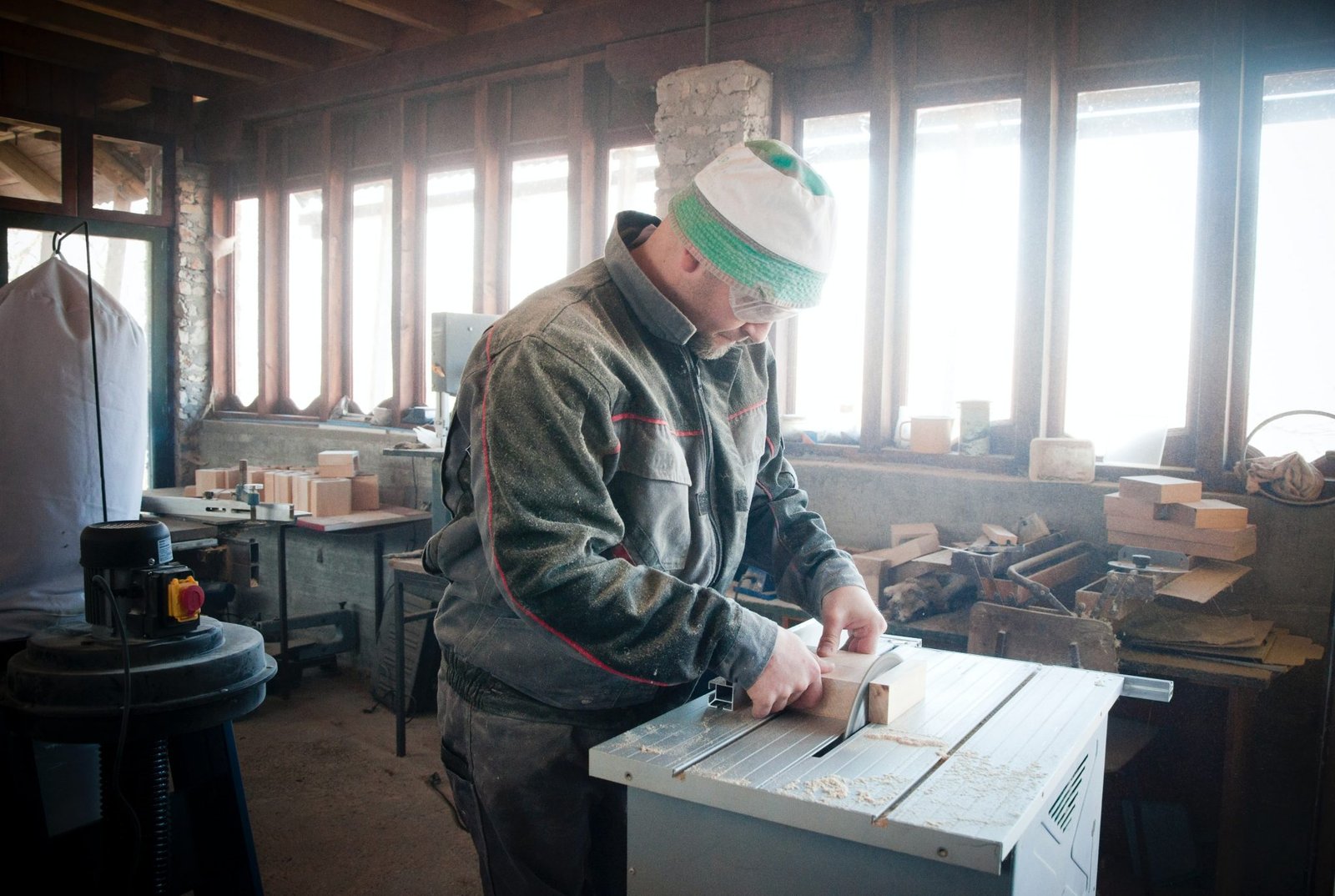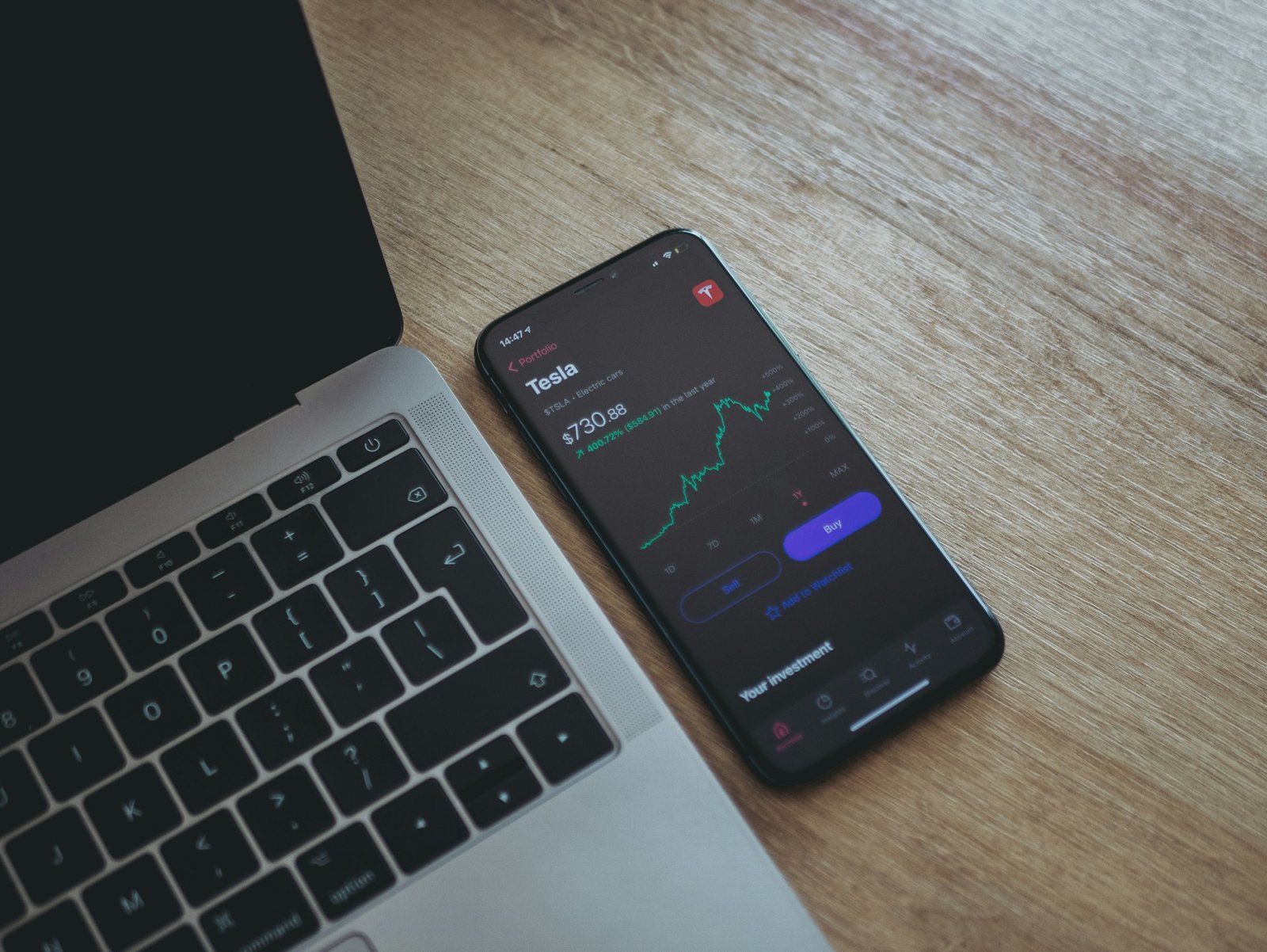Trade-in programs have become a popular and convenient way for consumers to upgrade their electronic devices, automobiles, and clothing.
These programs allow individuals to exchange their old or used items for credit toward purchasing new ones. Whether you’re looking to trade in your smartphone for the latest model or your car for a more fuel-efficient one, understanding the process of trade-in programs is crucial to making the most of your trade-in experience. This comprehensive guide explores the ins and outs of trade-in programs, including how they work, the benefits they offer, and tips for maximizing their value.
What is a Trade-in Program?
A trade-in program, or a trade-in offer or deal, is a service provided by retailers, manufacturers, or third-party companies that allows consumers to exchange their existing items, typically in used or pre-owned condition, for credit or a discount on purchasing new items. These programs exist in various industries, including electronics, automotive, fashion, and more. The core principle is incentivizing customers to upgrade or replace their old possessions while facilitating the recycling or resale of the traded-in items. For gadgets and devices, look for autonomous smartphone trade-in solutions that streamline the process by leveraging advanced technology, such as AI-driven evaluation tools and instant payment processing. In this case, explore the internet to find out more about how these work. In this digital age, scouring the internet can provide valuable insights into the workings of trade-in programs and help you navigate the process more effectively.
How Do Trade-in Programs Work?
The process of a trade-in program generally involves several key steps:
Evaluation of the Item
The first step in a trade-in program is evaluating the item you wish to trade. Depending on the industry, this evaluation can vary significantly. For instance, when trading in a smartphone or tablet, the condition of the device, its age, and its specifications (such as storage capacity and model) are typically assessed. In the automotive industry, the evaluation includes factors like the make, model, year, mileage, condition, and any additional features or customizations. Fashion trade-in programs consider the brand, state, and style of clothing or accessories.
Appraisal and Valuation
After the item is evaluated, the next step is determining its value. This process involves assessing the market demand for the item, its resale potential, and any refurbishment or repair costs required to prepare it for resale. The valuation is crucial as it directly affects the credit or discount you will receive on your new purchase. You will be presented with an offer once the appraisal and valuation are complete. This offer may come as a credit towards your new purchase, a discount on the item you intend to buy, or a combination of both. The offer’s value is based on the assessed value of your traded-in item.
Acceptance or Rejection
At this stage, you can accept or reject the offer. You can proceed with the trade-in if you agree with the terms and value presented. However, if you are dissatisfied with the offer, you are not obligated to proceed, and you can keep your existing item. If you accept the trade-in offer, the next step involves turning over your traded-in item to the retailer or program administrator. In some cases, this can be done at the point of sale, while in others, you may need to ship the item to a designated location.
New Purchase
With your traded-in item collected, you can proceed with your new purchase. Following the collection of the traded-in item, the retailer or program administrator will process it accordingly. Depending on the condition and value of the article, it may undergo refurbishment or repair before being resold as a pre-owned or certified pre-owned product.
Benefits of Trade-in Programs
One of the most significant benefits of trade-in programs is cost savings. This can be particularly valuable when buying expensive items like smartphones, laptops, or cars. Trade-in programs promote sustainability by encouraging the recycling and reuse of old things. This reduces electronic waste and the environmental impact of manufacturing new products. Trade-in programs incentivize consumers to stay current with technology or fashion trends. Knowing they can trade their old items for newer ones encourages individuals to upgrade more frequently.
Many trade-in programs offer certified pre-owned products that have been thoroughly inspected and refurbished. These items often come with warranties, giving consumers peace of mind when buying pre-owned goods. Some trade-in programs partner with charitable organizations, allowing consumers to donate the value of their traded-in items to a cause of their choice.
Trade-in programs offer a convenient and cost-effective way to upgrade or replace old items while contributing to sustainability efforts. Whether you’re looking to trade in electronics, automobiles, fashion items, or other possessions, understanding the process and the potential benefits is essential. By following the tips outlined in this guide, you can make informed decisions and maximize the value of your trade-in, ultimately enjoying the advantages of a smoother and more affordable upgrade experience.






